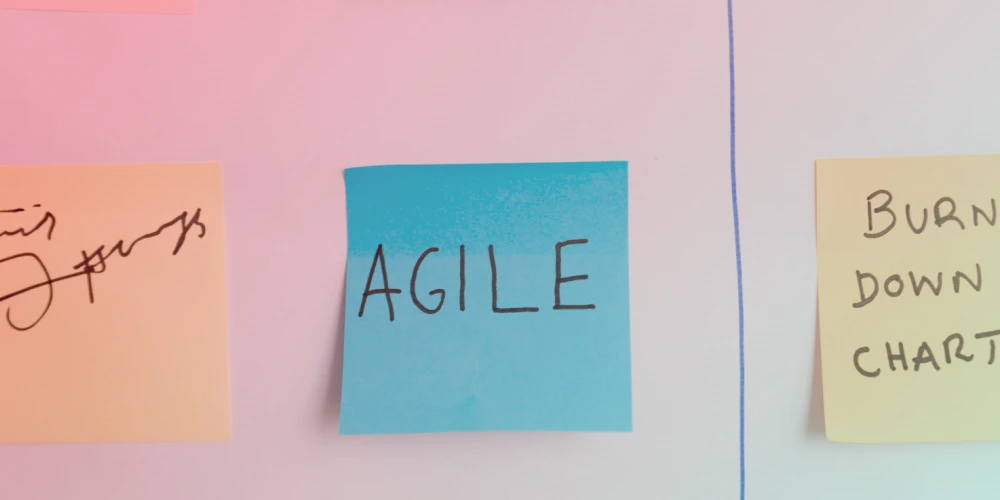
What is an Agile Framework?
The Agile Framework is a project management approach that prioritises adaptability, continuous improvement, and customer satisfaction. It is a flexible collaborative framework that enables organisations to respond to market changes, deliver high-quality products, and encourage innovation.
Key Components of an Agile Framework
1. Scrum
Scrum is a popular Agile framework focusing on iterative progress through short, manageable sprints. It includes roles like Product Owner, Scrum Master, and Development Team, and ceremonies such as Sprint Planning, Daily Scrum, Sprint Review, and Sprint Retrospective.
2. Kanban
Kanban focused on visualising the workflow, reducing the amount of work in progress, and continuously improving processes. It uses a Kanban board to represent different stages of work, helping teams to better manage and optimise their tasks.
3. Lean
Lean focuses on removing "waste", improving efficiency, and delivering value to the customer. It includes practices like value stream mapping, Kaizen, and Just-in-Time production to streamline processes and enhance productivity.
Benefits of The Agile Framework
1. Increased Flexibility:
Agile allows teams to quickly adapt to changes in requirements, priorities, and market conditions, ensuring that projects remain aligned with evolving customer needs.
2. Enhanced Customer Satisfaction
By involving customers throughout the project and delivering incremental value, Agile ensures that the final product meets customer expectations and requirements.
3. Improved Visibility and Transparency
Agile methodologies provide clear insights into project progress through visual tools like Kanban boards and regular meetings, enhancing communication and decision-making.
4. Fostered Innovation
Agile encourages a culture of experimentation and continuous improvement, allowing teams to innovate and refine their processes continually.
Agile vs. Waterfall
Agile
- Iterative and incremental approach
- Embraces change and customer feedback
- Focuses on delivering value throughout the project
Waterfall
- Sequential and linear approach
- Assumes stable requirements and minimal changes
- Focuses on completing each project phase before moving to the next
Agile Roles and Responsibilities
Product Owner
Defines and prioritises the product backlog, ensuring the final product meets customer needs.
Scrum Master
Facilitates the Scrum process, removing impediments and promoting continuous improvement.
Development Team
Delivers the product increment at the end of each sprint, working collaboratively and cross-functionally.





